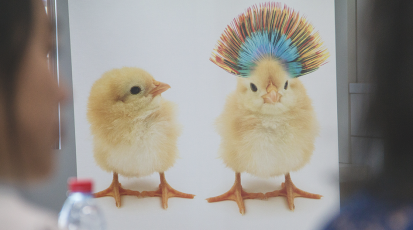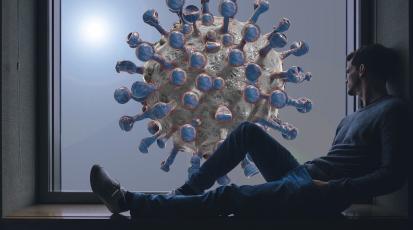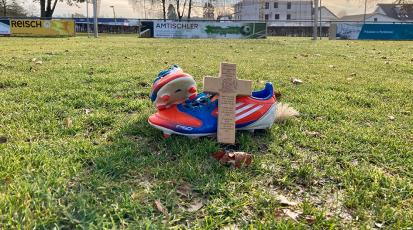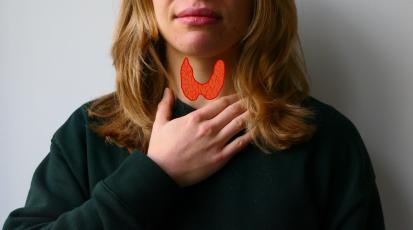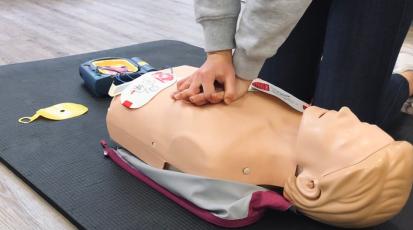"There will be more situations that will limit us."
How masks influence our emotional communication
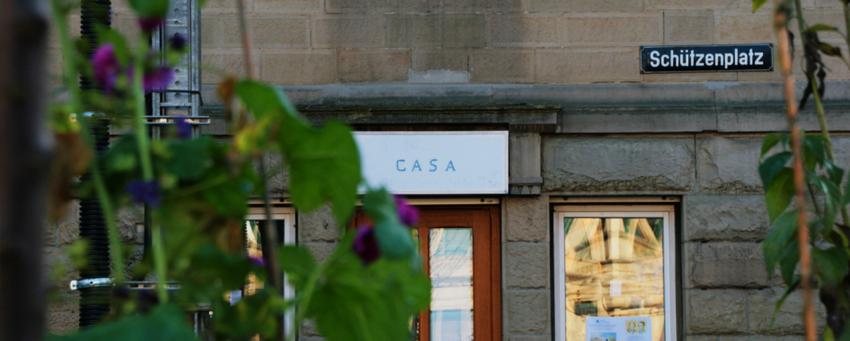
Interview by: Jorge Serrano Tirado
Jorge Serrano Tirado: Good morning Beatriz, thanks for having us today. We would like to start asking you general questions about the rituals of the human being. How important are greeting rituals, such as shaking hands or hugging, to society?
Beatriz Lopez: Good morning. Thanks to you for choosing me as the expert of this wonderful field... Greeting is the first building block for trust between people who do not know each other or who have already met and are going to perpetuate their relationship.
How quickly does a society become accustomed to new rituals?
Then the speed of new practices in greeting rituals would depend on whether the whole population shares a common belief in the meaning of this gesture.
From an emotional point of view, do you think that large institutions could have helped the population more during the Covid-19 pandemic?
What should be done by governmental institutions is emotional education, because what the pandemic has generated in everyone is uncertainty, reflected in a lack of confidence.
Have new rituals emerged because of Corona?
Now more than ever the face expresses the importance of our non-verbal communication. We know that we also gesture more with our hands, especially with our upper body. Nevertheless, it is the face that is most visible.
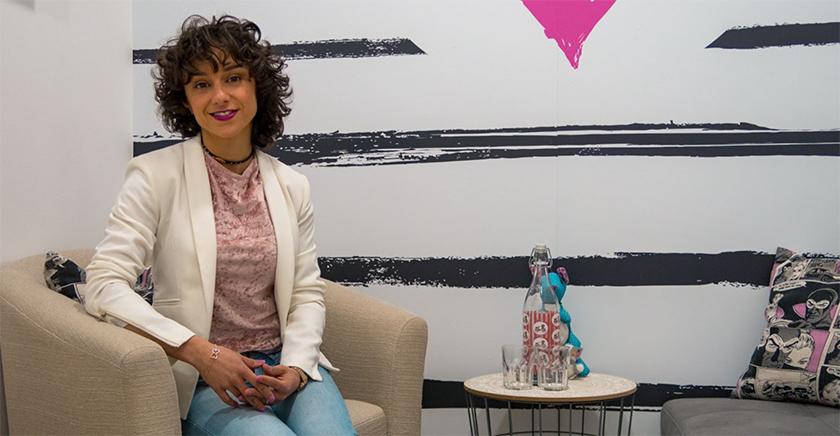
Now I would like to move to body and physical interactions. Is it natural for us to seek physical contact with other people or is this need educated?
In humans our natural root, among other things, is socialisation. We can keep ourselves healthy by patching ourselves up with artificial tools but not in fullness. We cannot reach full health without the physical contact of face to face.
Is there any compensation for the lack of bodily interaction?
Yes, there is limited compensation, i.e. there are benefits but also disadvantages. The compensation in our already limited social relations, in our needs for cohesion can be patched up with the digital tools that we have created with the internet.
What were the cultural differences in social interactions like in the first centuries of mankind?
Originally, there were no differences, i.e. before humans settled down and eventually became civilised, all communication was the same.
In relation to body language, facial expressions and gestures, how important is body language in the context of interpersonal communication?
If we simply deliver a message without gesticulatory input it could be aseptic or neutral and we would have great difficulty in transcribing or discovering the meaning of this set of sounds that I am hearing.
What communicative obstacles are involved in the use of masks?
By not seeing the lower part we don't see the full set of the language of the face and humans need to see the person's mouth as well to complete the language. So the use of face masks is limiting our facial communication by 50%.
Can we assess a person's emotional state by looking only at their eyes (as the mask covers the rest of the face)?
The use of masks limits our emotional and verbal understanding of the message in communication and therefore creates limitations and confusion.
Are there differences/stages of body and facial communication between young and old people or cultures/countries?
Yes, communication is an inherent part of evolution. Each generation has its own idiosyncrasies. Just as there are words that have fallen into disuse that used to be popular in the past, such as "guateque" in spanish, now they are no longer used, now the expression "let’s party'' is used directly.
Regarding the possible outcomes of this uncertain future, what might the long-term effects of the pandemic be on our interactions?
We are now faced with the path of either coming apart or coming closer together. What differentiates this path is education, as always. Whether or not there is a Covid-19 pandemic, there will be more situations that will limit us.
Have there been similar drastic events in the past that can be compared to Covid or that have had any significant influence on our social behaviours?
Regarding social communication, yes and very big ones. All separatists movements have influenced communication to be pernicious and poisoned. There are times when we have used communication to separate us and this should not be the case because communication is a tool for cohesion.
Working/studying from home has become a very common practice, what are the advantages and disadvantages for young people and adults?
For both young and adult populations, the advantages and disadvantages of studying or working online depend on whether or not social needs have been met. If they have been satisfied by excess or if they have not been satisfied by default, i.e. the same sense of having to go to a work or study centre for the sake of it, with all the difficulties that may be involved in making this journey, as not going at all.
What positive opportunities have arisen in this thematic area thanks to Covid?
Either Covid-19 is for us a path of remoteness and distance or it is as I believe a path of learning and cohesion. The choice is ours and what will make the difference between the two paths is that we acquire an adaptive education for the time being, which is what our species has always been doing.
This article was produced in the lecture International Content Production as part of the minor Journalism & Communication Management. This project deals with the life after Covid-19. You can have a look on it on Instagram.






